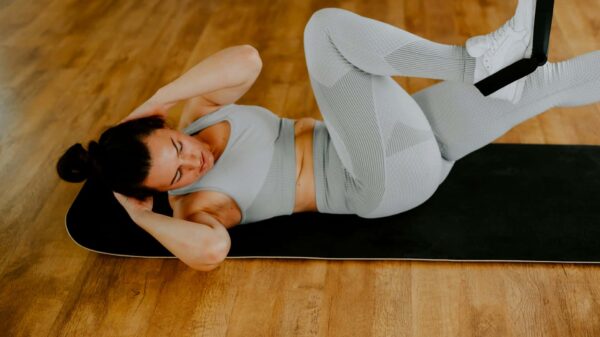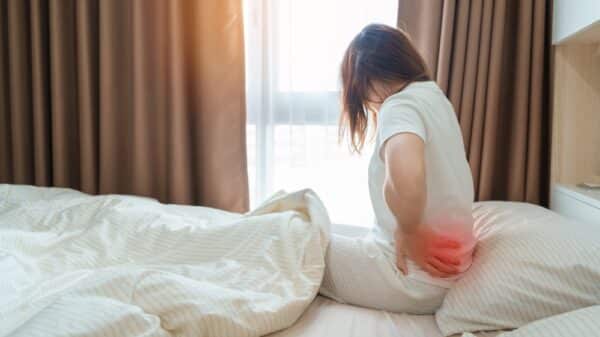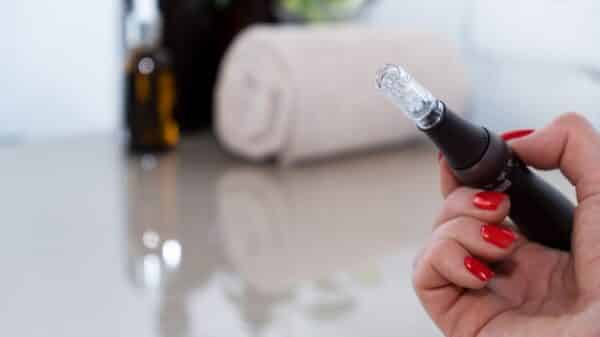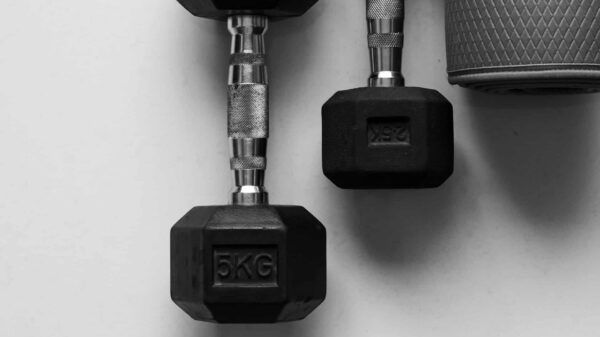Acne is not solely a teenage phenomenon; it can impact individuals of any age. If you’ve felt disheartened by products that promise miraculous results but fail to deliver, you’re not alone. Achieving clearer skin involves more than just topical treatments. In many scenarios, the most effective results come from a holistic approach—one that encompasses not just skincare items but also factors such as diet, lifestyle, stress levels, and internal health.
Here’s how to create a comprehensive and sustainable strategy for addressing acne from within.
What Really Causes Acne?
At its core, acne develops when hair follicles are blocked by oil (sebum) and dead skin cells, often leading to inflammation due to a type of bacteria known as P. acnes. However, the causes of acne are multifaceted. Various internal and external factors contribute to breakouts, including:
- Hormonal fluctuations (particularly androgens)
- Chronic inflammation
- Genetic predisposition
- Elevated stress levels
- Dietary choices
- Disruptions in gut health
Effectively tackling acne means looking at the entire picture and not just focusing on visible issues.
The Impact of Diet on Your Skin
While food alone isn’t a direct trigger for acne, it can certainly influence flare-ups. Making healthier dietary choices can help lower inflammation, promote hormonal balance, and enhance skin resilience.
1. Avoid High Glycemic Foods
Foods such as sugary snacks, white bread, and processed carbohydrates lead to spikes in blood sugar, which elevate insulin levels and subsequently boost sebum production.
Instead, opt for: Whole grains, legumes, fiber-rich vegetables, and protein-dense meals.
2. Monitor Dairy Consumption
Some studies link skim milk specifically to acne flare-ups, potentially due to added hormones or its effect on insulin levels.
Switch to: Unsweetened almond, oat, or soy milk and other dairy-free alternatives.
3. Incorporate Omega-3 Fatty Acids
These healthy fats help reduce inflammation and may counteract the Omega-6 dominance in the typical Western diet.
Include more: Fatty fish (like salmon), flaxseeds, walnuts, and chia seeds.
4. Emphasize Antioxidants
Foods rich in antioxidants help combat oxidative stress, which contributes to skin aging and inflammation.
Focus on: Berries, leafy greens, sweet potatoes, and a variety of colorful produce.
5. Don’t Underestimate Zinc
Zinc is essential for reducing inflammation and facilitating skin healing.
Good sources include: Pumpkin seeds, chickpeas, cashews, eggs, and lean meats.
The Gut-Skin Connection: An Intriguing Link
Recent studies continue to reveal the relationship between gut health and skin conditions. An unbalanced gut microbiome can lead to systemic inflammation, with acne potentially being one of the signs the body exhibits.
Probiotics & Prebiotics
Probiotics are beneficial bacteria, while prebiotics serve as the fiber they consume.
Include more of: Yogurt, kimchi, sauerkraut, kefir, garlic, bananas, and oats.
Prioritize Fiber Intake
Fiber is crucial for maintaining gut balance and aiding in detoxification.
Optimal sources are: Lentils, beans, brown rice, and a wide variety of fruits and vegetables.
Consider Lifestyle Factors
1. Manage Stress Levels
Chronic stress elevates cortisol, a hormone that can increase oil production and lead to acne.
Options include:
- Daily mindfulness or meditation
- Consistent exercise
- Achieving 7–9 hours of sleep
- Unplugging and engaging in hobbies
2. Ensure Proper Hydration
Water assists your body in detoxifying and helps maintain skin hydration and elasticity.
Aim for: 6–8 glasses daily (increase if you’re active or in a warm environment)
Skincare That Supports, Not Strips
The aim should be to nurture the skin barrier, rather than to combat it.
Helpful habits include:
- Cleansing your face twice daily with a gentle, fragrance-free cleanser
- Choosing non-comedogenic products to prevent pore clogging
- Avoiding harsh scrubbing or picking, which can exacerbate inflammation and lead to scarring
When to Consult a Professional
For those experiencing persistent or severe acne, a dermatologist can provide guidance with evidence-based treatments tailored to complement your lifestyle changes.
Common Medical Treatments Include:
- Benzoyl Peroxide: Helps combat bacteria and unclogs pores
- Topical Retinoids: Enhance cell turnover and improve skin texture
- Topical Antibiotics: Help alleviate inflammation and reduce bacteria (best for short-term use)
- Azelaic Acid: Targets bacteria and reduces post-acne pigmentation
Oral Options:
- Antibiotics: Effective for widespread, inflamed acne (short-term use)
- Hormonal treatments: Birth control pills or spironolactone for hormonal issues
- Isotretinoin (Roaccutane): Reserved for severe cases, requires careful supervision
Pro Tip: Combining medical treatments with dietary and lifestyle adjustments often yields the most successful outcomes for long-term results.
Acne Is More Than a Skin Condition—It’s a Holistic Concern
A clearer complexion begins with a better understanding. While acne is complex, it isn’t insurmountable. By integrating effective skincare, targeted nutrition, support for gut health, and stress management—and knowing when to seek professional help—you can significantly improve not only your skin but also your overall health.
You don’t have to tackle this alone. If acne is impacting your quality of life, reach out to a dermatologist who can help you create a personalized plan suited to your needs.





























